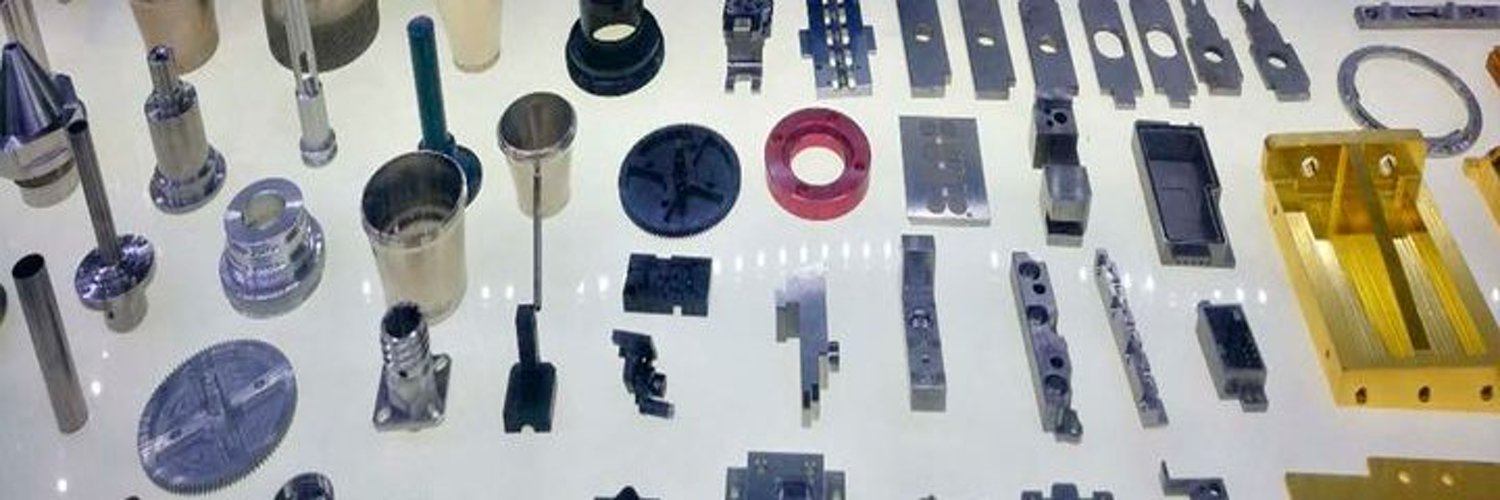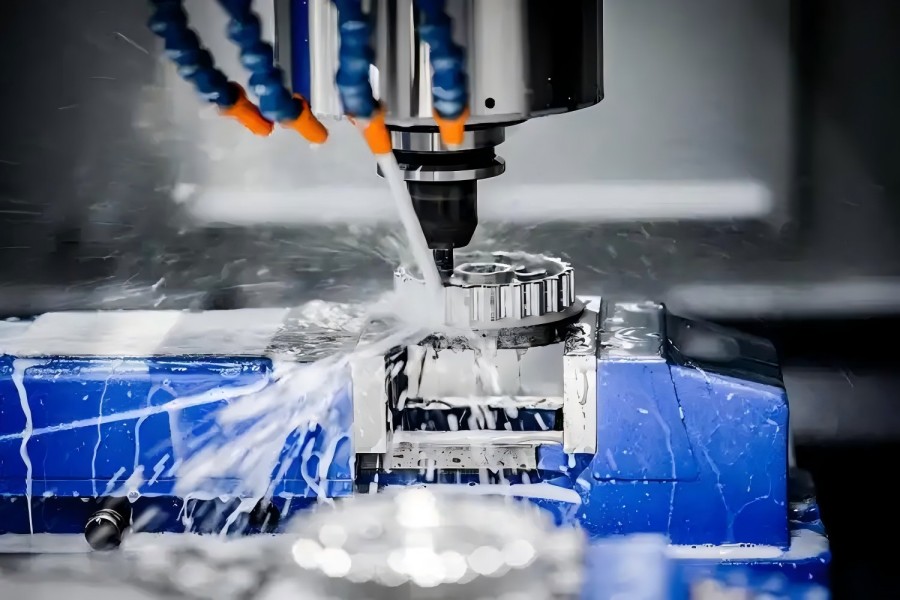News Categories
Contact Us
020-86988980
- Guangzhou Sinoth Import and Export Co., LTD
Tel: 020-8968-8980
Website:www.gzsynoth.com
Email: belinda@dginfa.com(24 hours online)
Phone: +86 189 2740 6786
Address: No 5, Jinshi Three Street, Shiling Town, Huadu District,Guangzhou City, Guangdong Province
News
Current Location:Home > News > Industry information
What are the material requirements for processing large mechanical parts?
Add Time:2025-03-28
Technical requirements for large parts
First. Material selection: The material of large parts requires high strength, toughness, durability and corrosion resistance. In the selection of materials should also take into account the processing performance, as far as possible to reduce the loss of materials.
Second. Processing technology: The processing process of large parts involves assembly, cutting, drilling and other links, and it is necessary to have reasonable processing flow and operating skills. When cutting and drilling, it is also necessary to pay attention to maintaining good material surface quality to avoid problems such as burrs and deformation.
Third. Equipment technology: The processing of large parts requires the use of corresponding equipment, such as large horizontal machining centers, lathes, planers, etc. In terms of equipment technology, it is necessary to consider the stability, accuracy and reliability of the equipment.
The processing flow analysis of large parts
First. Cutting processing: First of all, the primary processing of large parts, mainly including cutting and hole processing before assembly. When cutting, it is necessary to choose the appropriate processing method according to the shape and number of parts.
Second. Roughing: After the end of cutting processing, roughing of large parts is carried out. According to the hole position in the cutting process, the appropriate cutting process is selected for metal cutting.
Third. Finishing: After roughing, it is necessary to finish large parts. According to the size and accuracy requirements of the parts, select the appropriate processing equipment and finishing technology.
Fourth. Welding processing: For the assembly and repair welding of large parts, it is necessary to carry out bonding, spot welding and gas welding and other processes to ensure the overall structure is strong.
Fifth. Surface treatment: Surface treatment, including grinding, polishing, electroplating, etc. At the same time, quality inspection and quality control are required to ensure that the processing quality of each link meets the standard.
In short, the processing of large parts needs to have a high degree of technical requirements and rigorous operating processes to ensure the quality and stability of parts. Through continuous innovation and improvement, improve the processing technology and equipment technology, in order to better meet the market demand.
First. Material selection: The material of large parts requires high strength, toughness, durability and corrosion resistance. In the selection of materials should also take into account the processing performance, as far as possible to reduce the loss of materials.
Second. Processing technology: The processing process of large parts involves assembly, cutting, drilling and other links, and it is necessary to have reasonable processing flow and operating skills. When cutting and drilling, it is also necessary to pay attention to maintaining good material surface quality to avoid problems such as burrs and deformation.
Third. Equipment technology: The processing of large parts requires the use of corresponding equipment, such as large horizontal machining centers, lathes, planers, etc. In terms of equipment technology, it is necessary to consider the stability, accuracy and reliability of the equipment.
The processing flow analysis of large parts
First. Cutting processing: First of all, the primary processing of large parts, mainly including cutting and hole processing before assembly. When cutting, it is necessary to choose the appropriate processing method according to the shape and number of parts.
Second. Roughing: After the end of cutting processing, roughing of large parts is carried out. According to the hole position in the cutting process, the appropriate cutting process is selected for metal cutting.
Third. Finishing: After roughing, it is necessary to finish large parts. According to the size and accuracy requirements of the parts, select the appropriate processing equipment and finishing technology.
Fourth. Welding processing: For the assembly and repair welding of large parts, it is necessary to carry out bonding, spot welding and gas welding and other processes to ensure the overall structure is strong.
Fifth. Surface treatment: Surface treatment, including grinding, polishing, electroplating, etc. At the same time, quality inspection and quality control are required to ensure that the processing quality of each link meets the standard.
In short, the processing of large parts needs to have a high degree of technical requirements and rigorous operating processes to ensure the quality and stability of parts. Through continuous innovation and improvement, improve the processing technology and equipment technology, in order to better meet the market demand.



